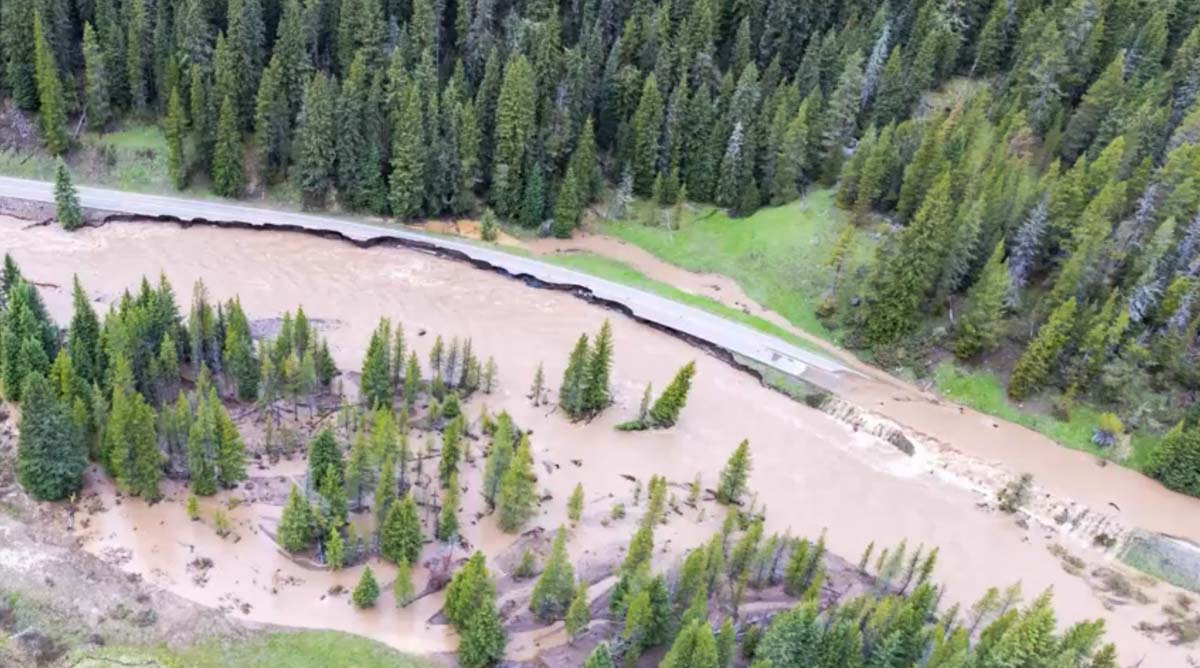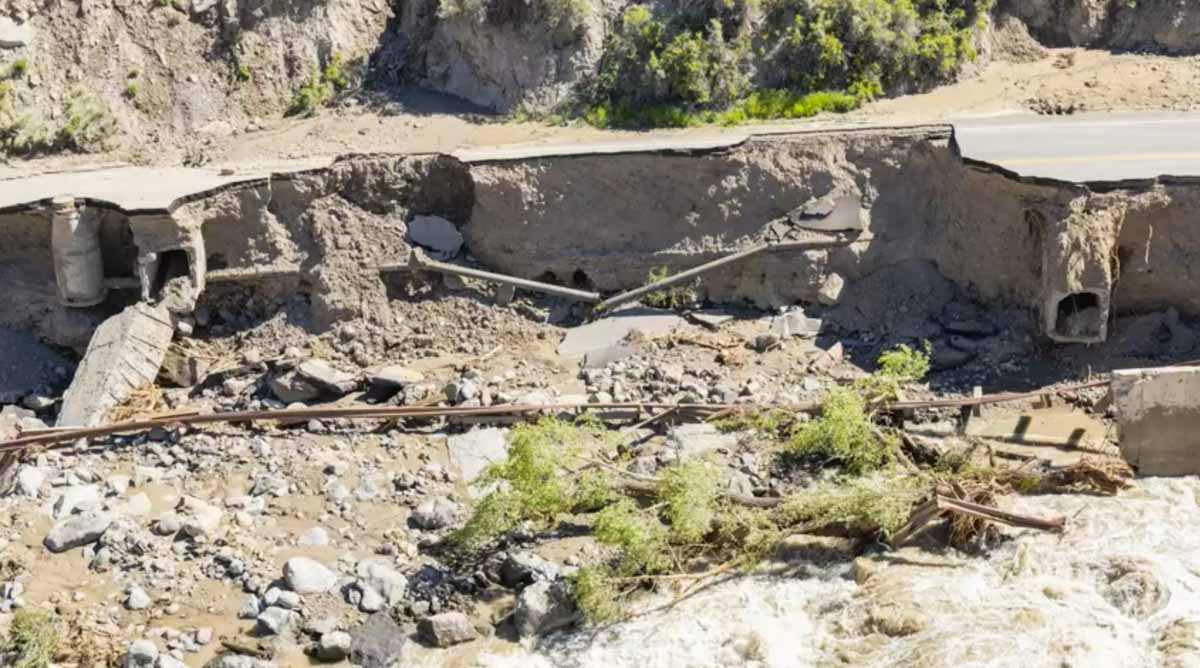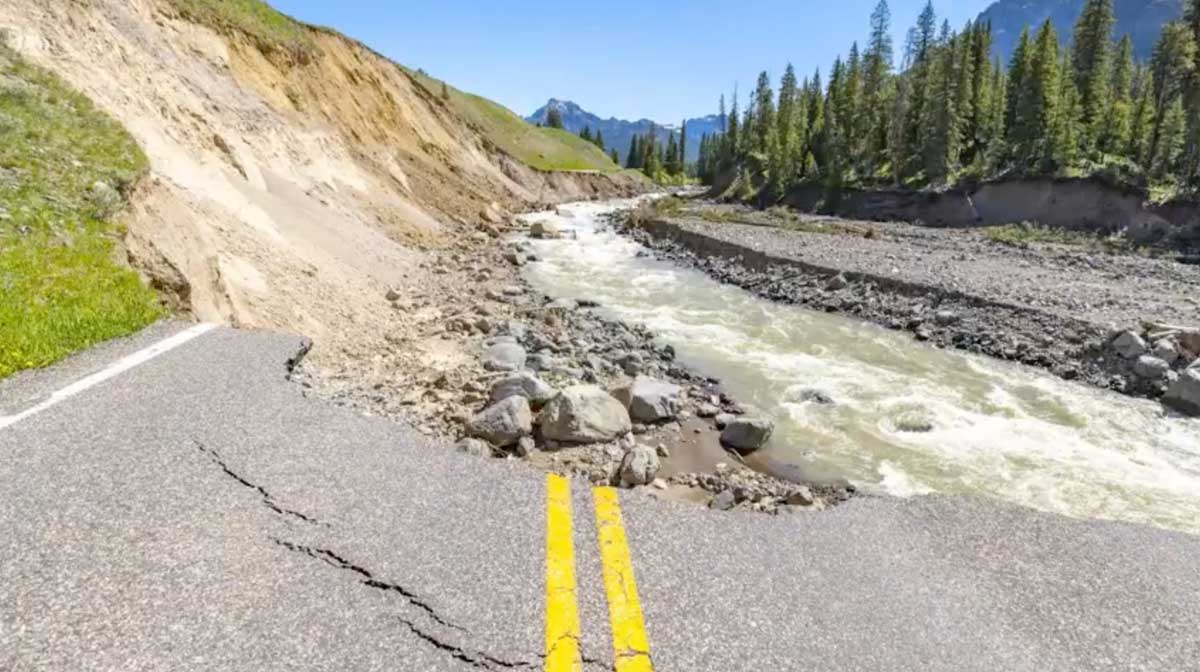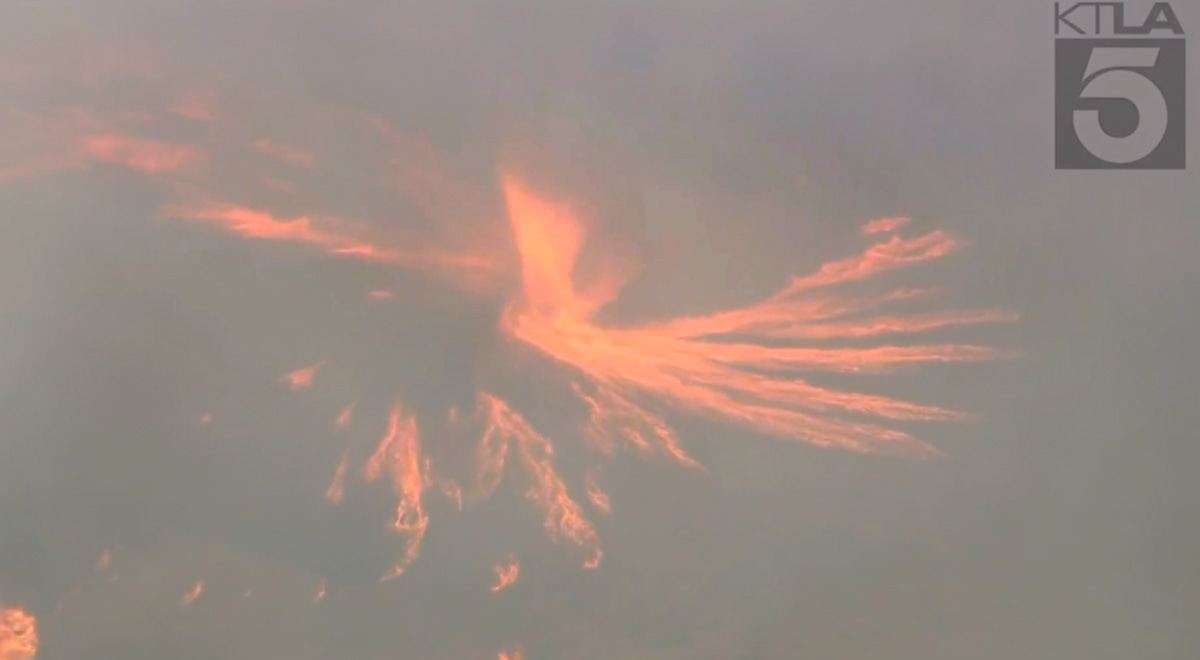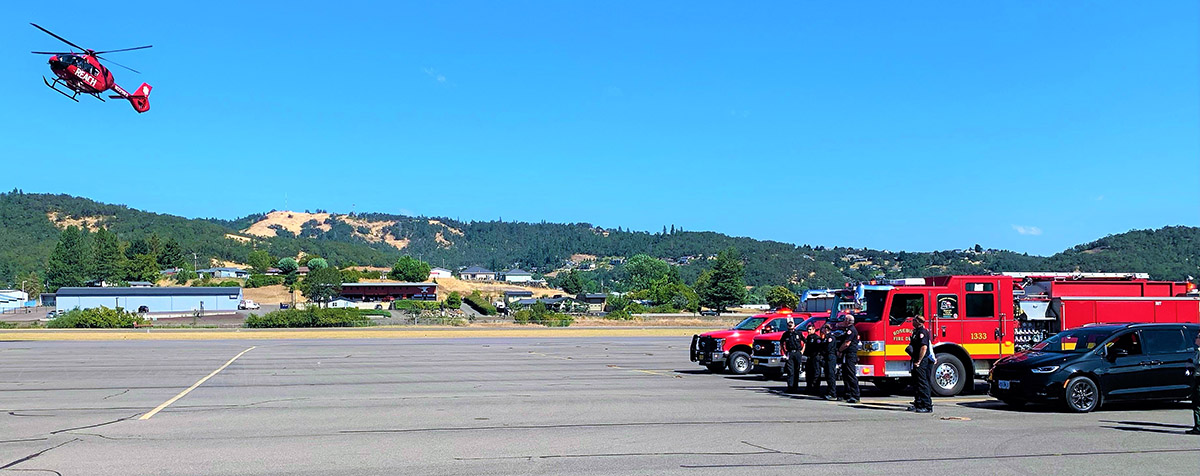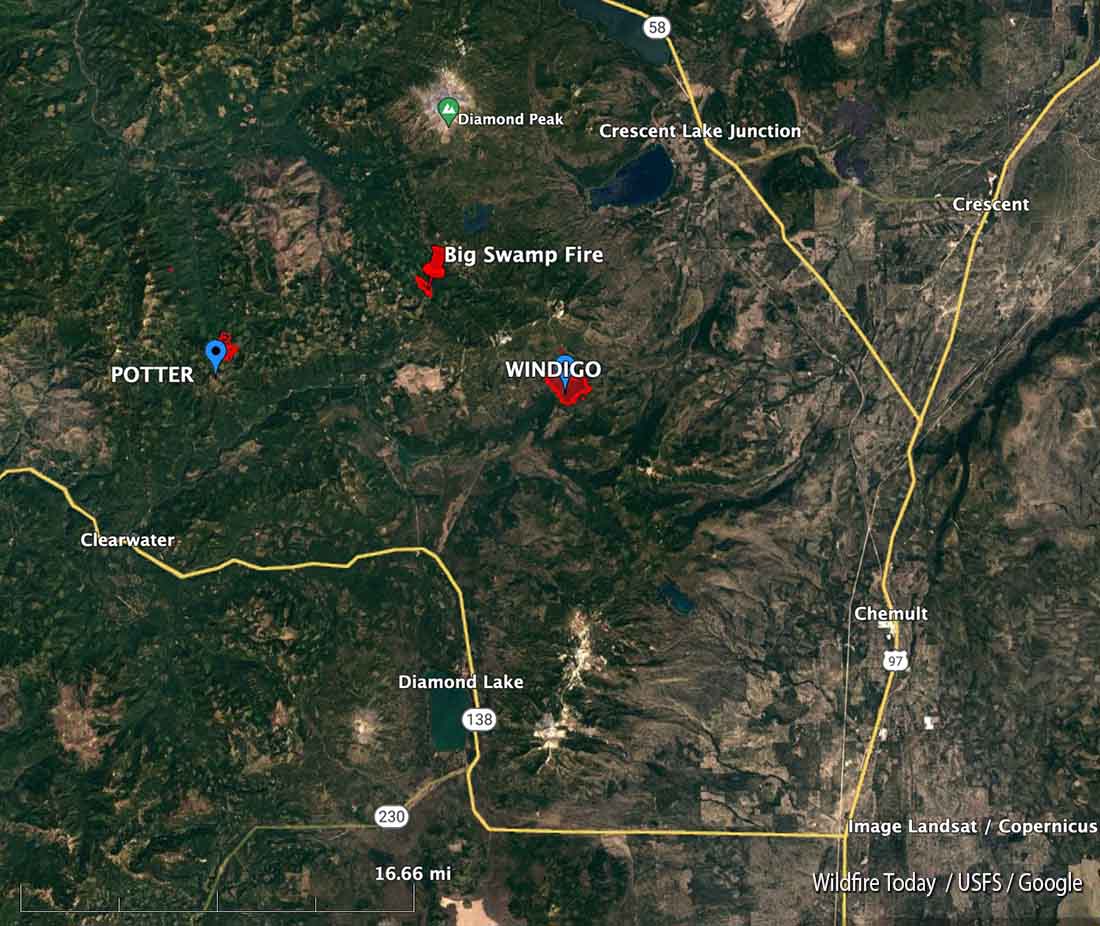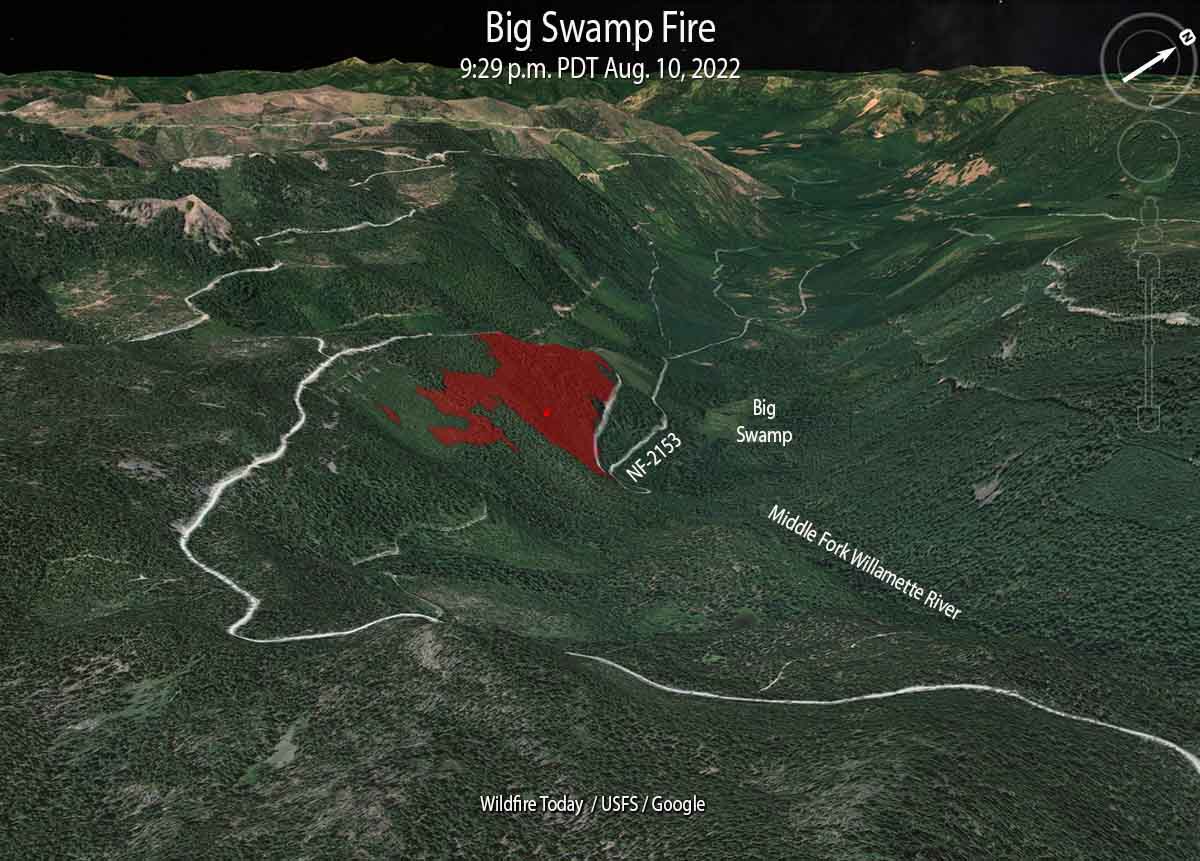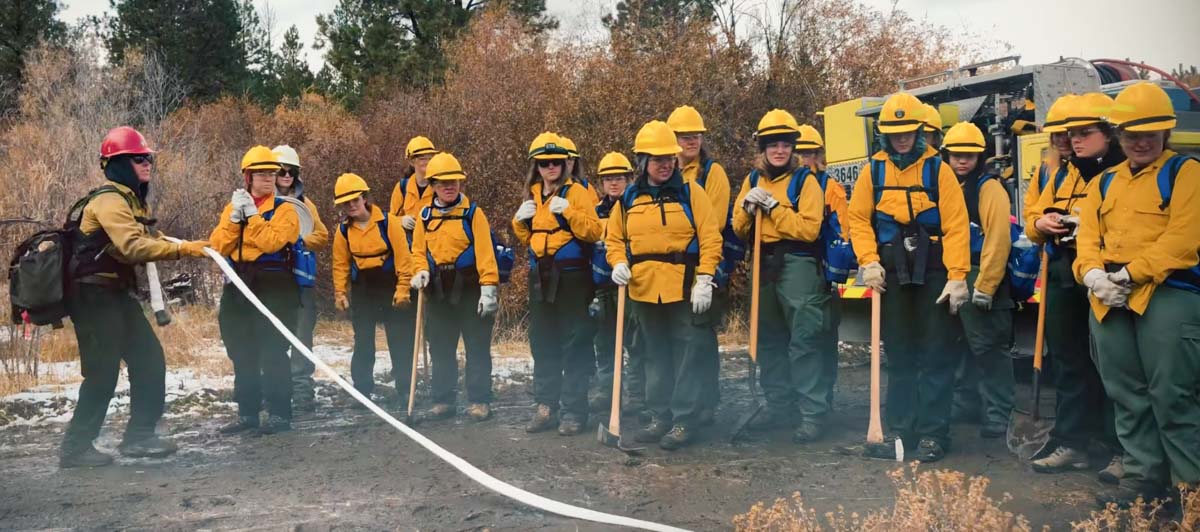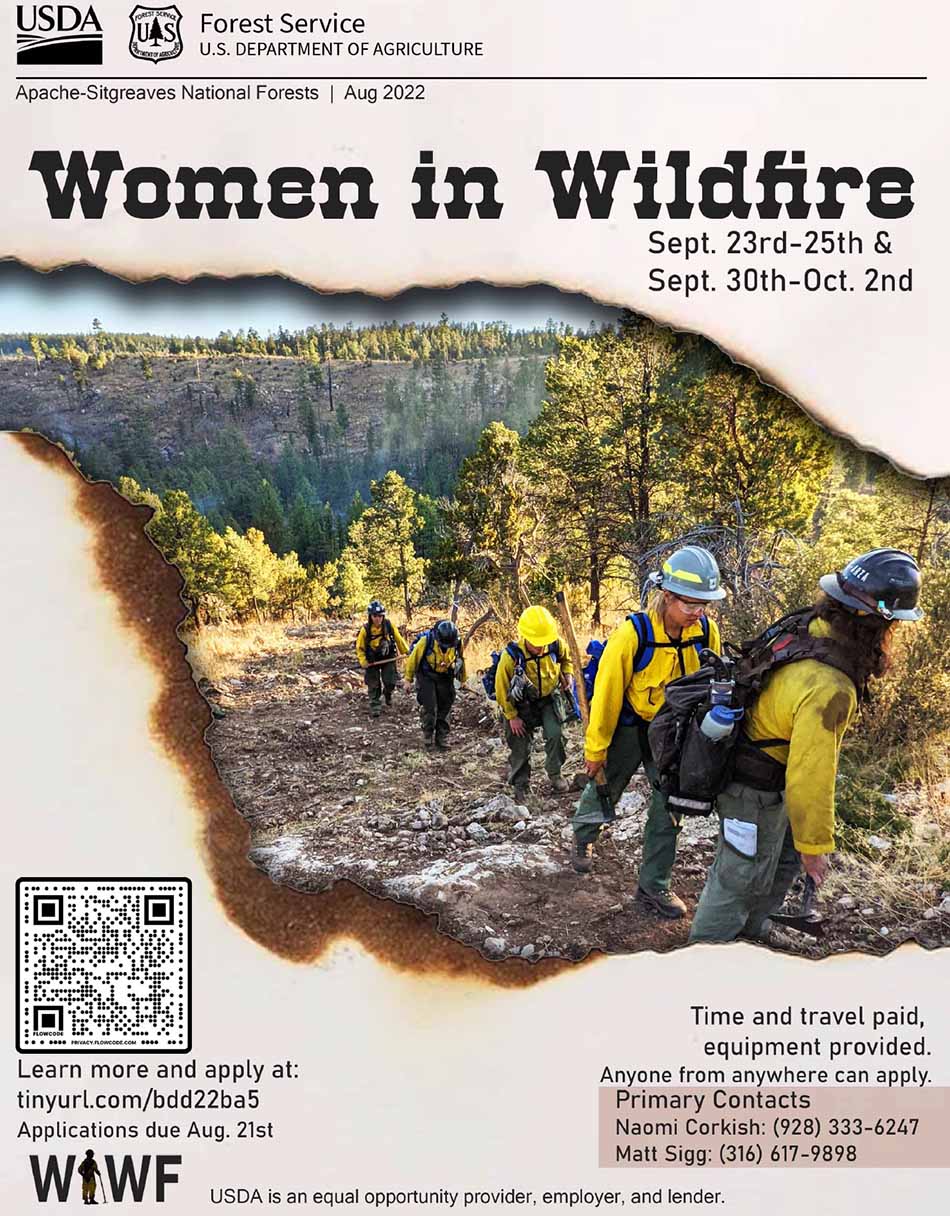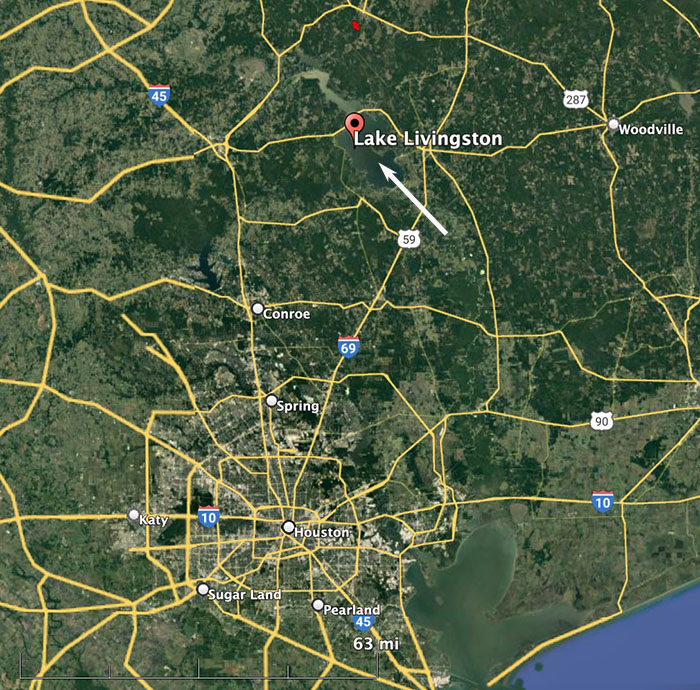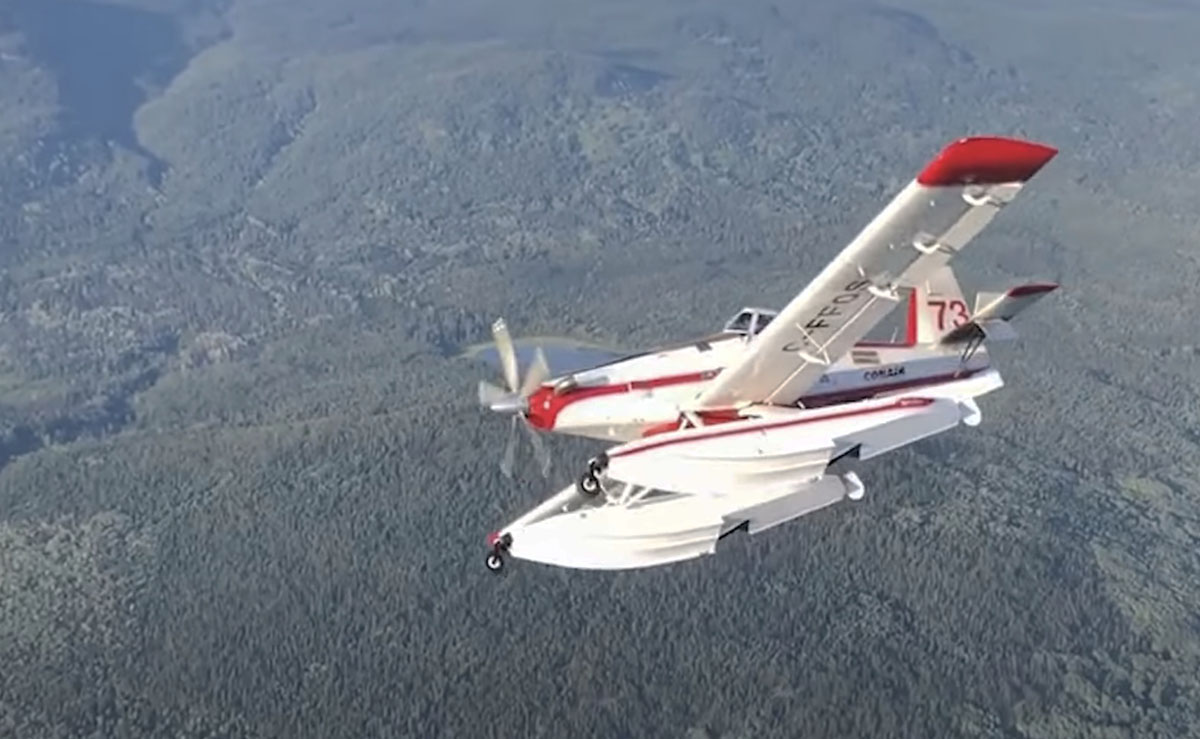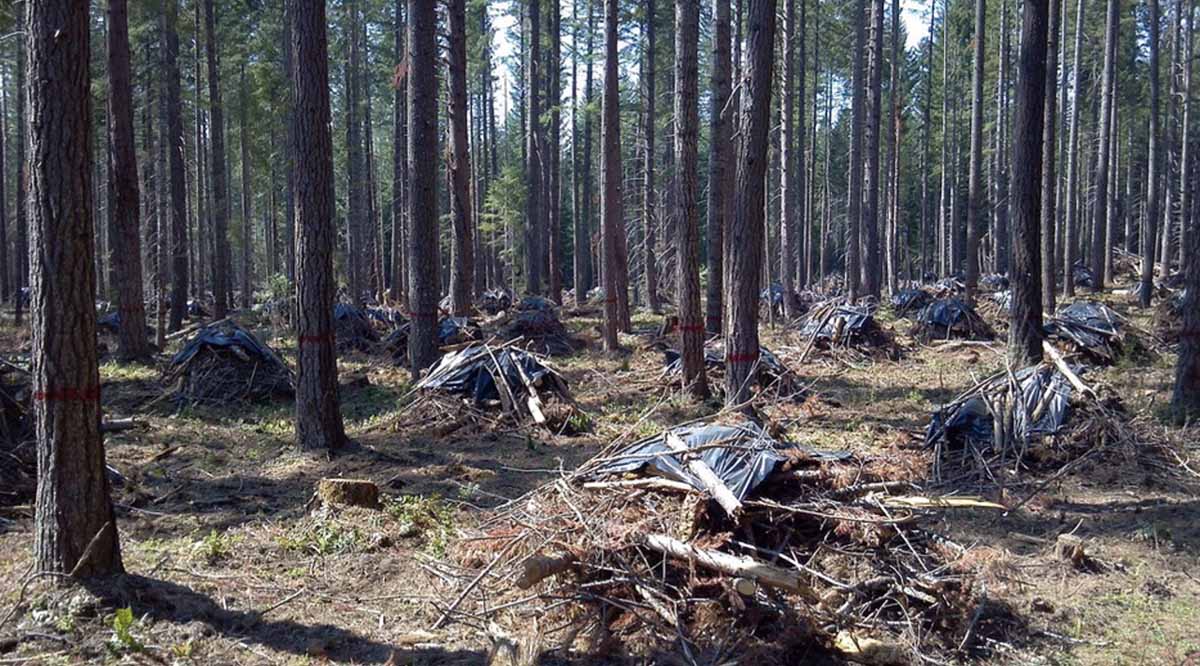
NBC News conducted an investigation into some of the claims and statistics about vegetation management projects that are designed to improve forest health and/or and reduce the threat of wildfires. The emphasis of the very lengthy article about their findings was not so much to question the need or effectiveness of the hazardous fuel reduction projects, but to examine their claims of accomplishments, which are sometimes misleading.
Many fuel management projects on National Forests include multiple treatments of a single area. There can be some combination of thinning, pruning, piling, chipping, or prescribed burning, all considered independently and occurring at different times. In an extreme scenario, if the project was 100 acres and five different treatments occurred, each might be reported as accomplishing 100 acres of fuel treatment. They then tell Congress they treated 500 acres.
The NBC article gave an actual example of a project on the San Bernardino National Forest in Southern California near Big Bear Lake. The 173-acre project had multiple treatments. From the article:
They first [step] appeared in 2016, when the Forest Service assigned workers to cut trees to reduce the area’s density. The agency came back two years later, pruning the remaining trees and piling the cut wood across the full 173 acres, then chipping 52 acres of it. A few months later, workers burned 18 acres of the piles.
The pruning, piling, chipping and burning were entered as separate items in the database and the agency reported them as 416 acres of treated land in its 2019 fiscal year totals to Congress. In summer 2021, it burned the remaining 155 acres of piles, reporting them in that year’s totals.
The Forest Service’s efforts ultimately reduced fire risk on 173 acres of land, but they were reported to Congress as 744 acres over four fiscal years.
“These acres are reported six times because we must request funding to accomplish the full suite of activities on the same 173 acres,” said [Wade] Muehlhof, the service’s spokesperson. “Each of these activities needs to be planned and budgeted for annually.”
The Forest Service tells Congress that it reduces wildfire risk on more than 2.5 million acres of its land every year. But this process of recounting the same acres any time more than one type of work is completed means that far less land is protected from damaging fire than is being reported.
NBC estimates that nationwide the FS has overstated accomplishments by 2.5 million acres, or 17 percent. In California the numbers are higher, 27 percent in the past five years, and by roughly 35 percent in the places near the most people, the state’s wildland urban interface areas.
The NBC article was written by Adiel Kaplan, with assistance from Monica Hersher and Joe Murphy.


